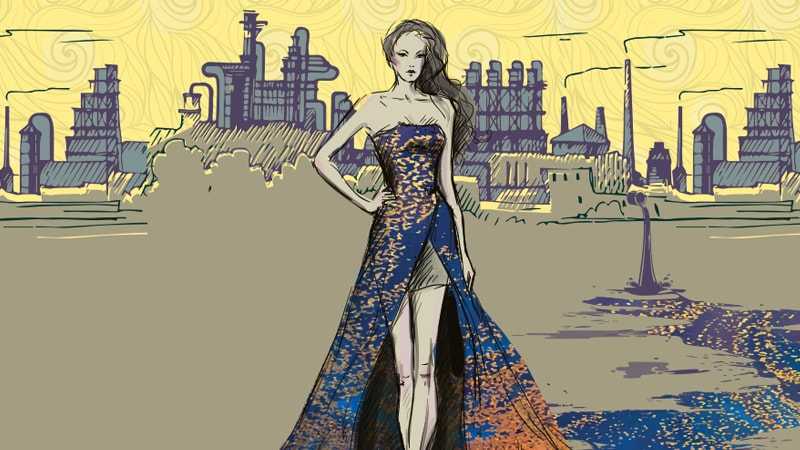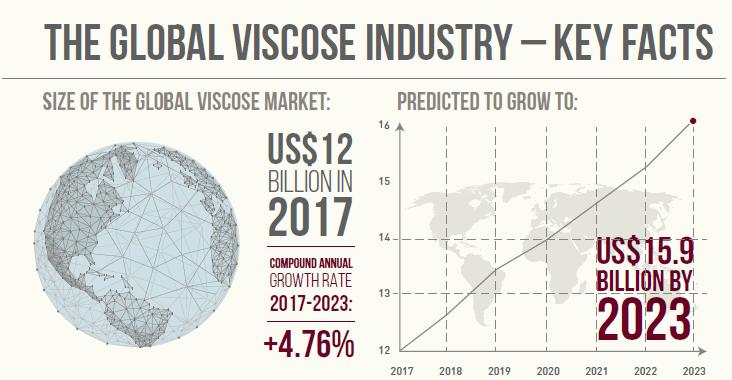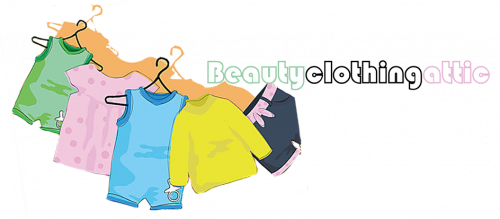
The alarming level of unsustainable fashion could be figured out from the fact that the fast fashion industry is the second largest polluter in the world, next to oil. The pollution starts right from the production of fibres- be it cotton, synthetic fibre or even viscose. The pesticides used in cultivation of microfibers released after washing synthetic fibres end up in water bodies, killing marine life, and polluting water as well.
Even viscose, which is considered to be biodegradable, has not been able to ramp up as a sustainable alternative because of the existing production and sourcing methods. Sourcing wood pulp from ancient and endangered forests and extensive use of toxic and corrosive chemicals at wet processing stage makes viscose one of the most irresponsibly produced fibres.

Changing Markets Foundation, in its recently released report ‘Dirty Fashion: On track for transformation’ discusses about the viscose pollution and a roadmap towards responsible viscose manufacturing.
The report highlights the number of chemicals used during production of viscose. Carbon disulphide (CS2), a toxic and endocrine-disrupting chemical and the most important chemical in viscose production, is the criminal behind causing insanity and subtler personality changes. Apart from this, its prolonged exposure leads to damaged nerves of sensory capacity, kidney disease, Parkinson’s-like symptoms, heart attack, and stroke. The chemical can be present in both water and air.
A by-product of spinning, hydrogen sulphide (H2S) is a toxic gas that causes irritation of the eyes, function impairment, and neurobehavioural changes. The toxic gas smells of rotten eggs.
Another harmful chemicals for health and environment are Sodium hydroxide (NaOH) and sulphuric acid (H2SO4). NaOH can be highly toxic if absorbed through inhalation, ingestion, or skin contact, and is known to cause corrosion, skin burns, and eye damage to workers who handle it frequently and without protection.
On the other hand, H2SO4 is a highly corrosive, clear, and colourless oily liquid. It can result in adverse health effects from inhalation such as a burning sensation and shortness of breath. Evidence suggests that occupational exposure to sulphuric acid mists in combination with other acid mists can be carcinogenic.
Lack of proper chemical management from producers’ side allows these toxic substances and gases to be released in environment, thus affecting the nature.
Realising the level of damage viscose production has done to the environment, various viscose producers have partnered with the CanopyStyle initiative or signed up the ‘Detox’ commitments with Greenpeace. However, none of these commitments ensure responsibly produced viscose.
Changing Markets Foundation helped the global viscose producers by developing a Roadmap towards responsible viscose and modal fibre manufacturing. The Roadmap provides a blueprint for brands, retailers, and producers to move towards responsible viscose manufacturing, whereby chemical inputs are captured and reused instead of being released into the environment.
The roadmap is intended to help manufacturers drive the transition to closed-loop production, defined as a system that ensures emission controls and chemical recovery rates in-line with EU Best Available Techniques (BAT). It is important to note that EU BAT only cover viscose staple fibre (VSF) manufacturing, but not viscose filament yarn (VFY).

The report highlights that the Roadmap is not a certification scheme but to-do principles for sustainable sourcing policies, namely:
Is Lenzing a sustainable viscose producer?
Lenzing, a global viscose producer, has implemented a safety, health, and environmental (SHE) compliance programme in which independent local experts check whether the companies comply to local legal regulations and the Group‘s internal guidelines. Any findings are then documented and processed.
Its production sites in Lenzing (Austria) and Nanjing (China) are in compliance with EU BAT values and have also been awarded EU Ecolabel certification. But the Purwakarta, Indonesia plant lags behind with no EU Ecolabel or EU BAT.
The Group performs its responsibility towards health and safety of its employees with ‘Heartbeat for Health & Safety’ program. It includes inspections of factories, trainings, and workshops. In another commendable initiative, Lenzing has introduced ‘Whistleblowing Directive,’ through which employees can report potential violations of code of business, laws, regulations, and internal policies.
Renewable sources account for almost 50 per cent of Lenzing Group’s energy sources. Frontrunner is the Lenzing Austria site, where renewables make up 80 per cent of the site’s energy source. The rest is covered by gas and coal power.
Th other two sites in Purwakarta, Indonesia and Nanjing, China predominantly run on coal. While Lenzing has plans to shift from coal to gas power at Nanjing plant, the Indonesian site will depend on coal only.
Does Aditya Birla Group make it to the sustainable mark?
ABG’s Nagda (India) unit conducts regular monitoring of air and water quality in accordance with Pollution Control Board (PCB) Server. Its Indo-Bharat (IBR) unit in Purwakarta, Indonesia, has all the valid permits for the plant’s entire environmental management system, including legal compliance.
Both the units have installed exhaust systems to collect waste gas and direct it to chimneys or gas treatment systems. There is a gas collection system installed at the regeneration process, collecting all the gases.
In order to keep their workers safe and healthy from exposure to gases, ABG has provided proper respiratory protection to them. It further necessitates all workers to undergo a comprehensive annual medical check-up (including inspection of heart, eye sight, hearing, urine and blood tests, dental, lungs etc.).
It also claims to have reduced specific energy consumption related to VSF manufacturing by more than 5 per cent at its units in over the past three years.

Leave a Reply